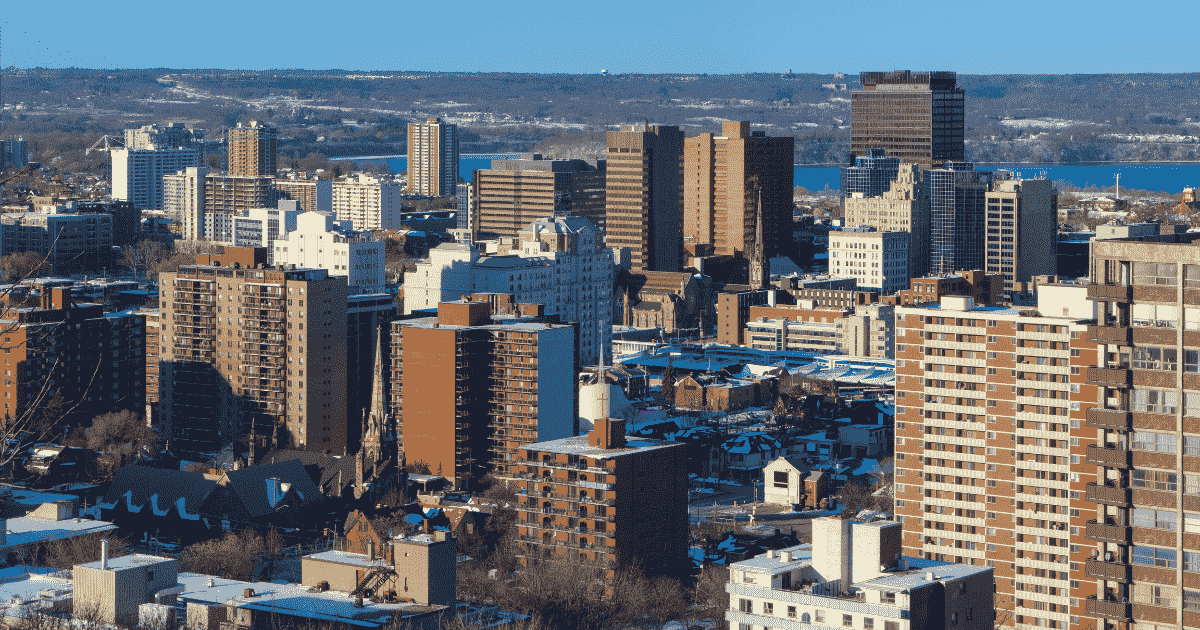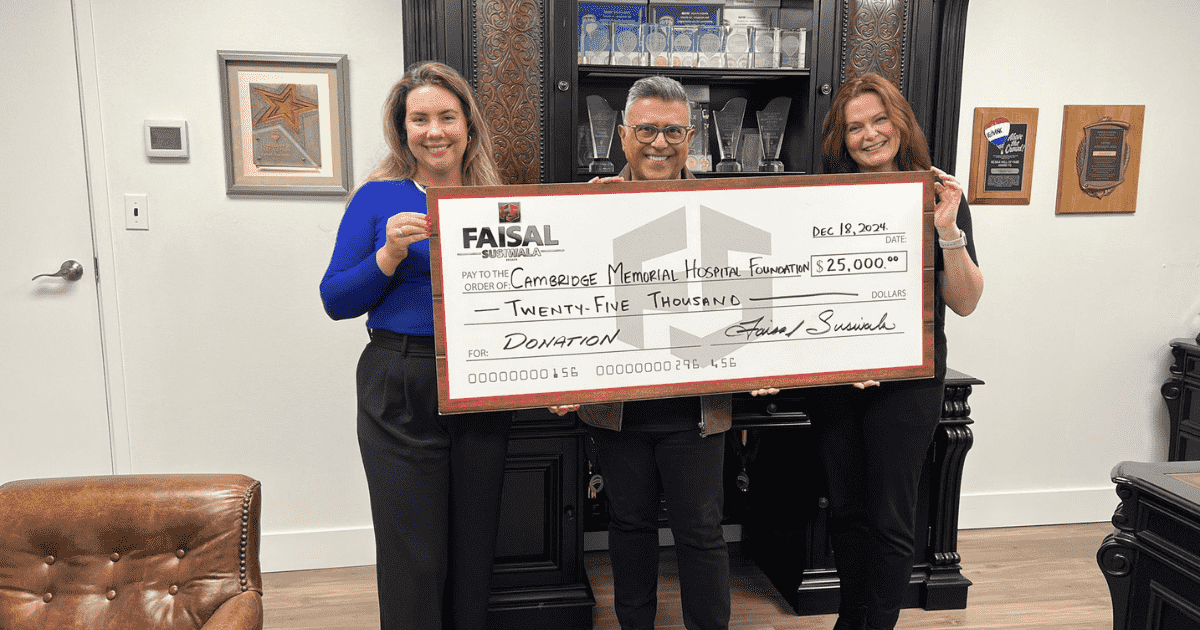The biggest problem most real estate professionals have with their website is lack of leads. This isn’t surprising given that the average agent’s website lead conversion percentage (the amount of website visitors that turn into leads) begins with a decimal point.
In fact the average conversion ratio is between .2 to .3 per cent. In hard numbers this means that if you get 1,000 visitors (which would be great in many markets!) you’ll get two or three leads (not great).
The website lead volume Holy Grail, sadly, isn’t a magic button – it takes a specific formula. And this formula requires time, effort, knowledge and cash investments.
There are a number of steps to getting more leads from your website. The first two are absolutely necessary. The remaining three are ways to improve your results.
1. Traffic:
You can’t squeeze blood from a stone, so your first step is to get traffic. The most popular sources are from Google Pay Per Click Ads and Facebook Ads – where you can pay to be seen or pay for specific results (like website visits). To put this in perspective, I have a client who advertises listing videos on Facebook, spending $50 per listing. It reaches thousands of people and gets about 250 clicks. Having said this, however, it takes some perfecting to reach an average of 20 cents per click.
2. Lead gen:
The next step is to ask for the business. You need compelling, in-your-face offers that convince people to give up their precious contact information. The more specific to your market, the more success you’ll have. For example, I worked with a client in Whistler. B.C. who had success with ski-in-ski-out properties under a certain price, and with others in university towns engaging people to purchase student rental income properties. Avoid the uber-generic ones such as “free home evaluation” because the market is saturated with those.
3. Tinkering and testing:
Once you have traffic and lead-gen strategies that work, you need to continue to improve your conversion percentage (the number of website visitors who become leads). You do this by first being informed (through reporting and analytics), and then by A/B testing. A/B testing is where you show Form A to half the population and Form B to the other half. You continue with whichever form performs better and do another tweak with an A/B test. You continue doing that until you improve your lead-conversion percentage to a healthy rate.
4. Lead conversion:
After you have traffic and leads, you need to nurture them into clients. An email-marketing drip campaign is a great option, especially with freemium tools like Mailchimp (which offers rich drag-and-drop tools and powerful analytics tools that tell you things like how many people opened it, how many clicked through to your website and more).
However, in my opinion a more personal and less automated approach can wield the best results…although it’s not ideal for busy agents.
5. Fuel:
Once you have a successful traffic and lead-gen strategy – and know your conversion percentage (if I get X amount of traffic then I’ll get X amount of leads) all you need to do is add more fuel to the fire to get your desired amount of clients.
To recap, the two absolute must-haves in order to get leads are traffic and lead-capturing technology. These will get some leads flowing in. Then, if you add information via analytics, A/B testing and lead nurturing to the fire, you’ll earn enough to pour more fuel on the fire.
Robin Wilding is the creative mind behind The Lead Gen Factory and The Realtor Pipeline. The Lead Gen Factory is a boutique real estate online marketing company hyper-focused on lead generation; The Realtor Pipeline is a digital DIY platform showing Realtors how to generate online leads, lead conversion, Social Media Marketing, sales pipeline building, and more. She also leads The Realtor Pipeline Facebook group, a group for Realtors to learn new online techniques, technology and share best practices.












